No products in the cart.
Rattlesnake Training: Prevention Or Problems? What You Need To Know To Make The Best Choice
Rattlesnake Training: Prevention Or Problems? What You Need To Know To Make The Best Choice
- March 21, 2017
- BADDogs Inc
Why rattlesnake training?
Spring in the southwest brings out the rattlesnakes. Sometimes lots of rattlesnakes. Shock collar “rattlesnake training” sessions are widely offered in anticipation of nests of baby snakes in our environment.
The allure of these sessions is very strong, appealing to our emotions, perhaps, more than to our thoughtfulness. Our fear of snakes is visceral and our desire to keep our dogs from serious injury is huge! So when we’re told that in 30 minutes, for $75-100, our dog can be made “safe” from this threat, it’s beyond tempting to sign up.
Other practitioners are starting to offer “aversive-free” or “shock-free” snake training programs.
The reality is that none of these programs has been proven to be effective at preventing snake bites.
We have been researching this issue for many years. We began our search in support of a goal to develop an effective, non-aversive, commercially available snake training program. Of course, we wanted to know how effective current methods in common use are, so we could make sure our product met that standard.
But we found that there is no empirical data demonstrating that any current method of snake avoidance training is effective. Many of the trainers who offer this service have websites with testimonial pages containing anecdotal information about dogs who avoided snakes after being trained. But for every one of those, we can direct you to several other stories about dogs who were trained and then subsequently bitten, or dogs who suffered significant negative emotional side effects from the use of the shock collar.
The trainer’s intention in shock-collar based snake training is to cause the dog to fear the sight, sound and smell of the snake. The thinking here is that if the dog strongly fears the snake, the dog will avoid the snake. But dogs don’t always work this way. Some dogs will surely run from a fearful stimulus. But other dogs will attempt to engage frightening things in order to drive them off. How many times have we seen the little dog take on the big dog? It’s not uncommon to see a dog make themselves as big and noisy as they can, even charging at the threat, to make it go away. Clearly, we don’t want to take the chance that our dog will engage this threat in hopes of driving it away.
Other dogs may suffer severe emotional damage as a result of “snake-breaking”. The aversive (the shock) may become associated with something besides the intended the target (the snake). For instance, we’ve worked with dogs who became terrified of their leash, shrubs, the exact location where the shock was delivered, men with hats (the trainer was a man wearing a hat!). Since we don’t know what the dog is thinking about at the moment the shock happens, it can be a real crap-shoot about what the dog evaluates as the source of that threat.
In more than one dog, the fear response instilled was so intense as to drive the dog to panic. A panicked dog cannot make good decisions about his behavior. So a dog inclined to panic, upon encountering a snake, may run off, unable to respond to cues, and may also run headlong into another snake or nest of snakes.
Some non-aversive training protocols are available, but they depend on the dog being leashed to an alert handler in order to keep them safe. So these methods are not effective if you’re hiking with your dog off-leash or just letting your dog out in the yard to pee.
So the bottom line is, we haven’t found any snake avoidance program currently available that is either worth the associated risks, or proven effective at all.
We wish we could give our clients a recommendation for something safe and effective, but we don’t believe such a program currently exists.
Share This Post?
Facebook
Twitter
Pinterest
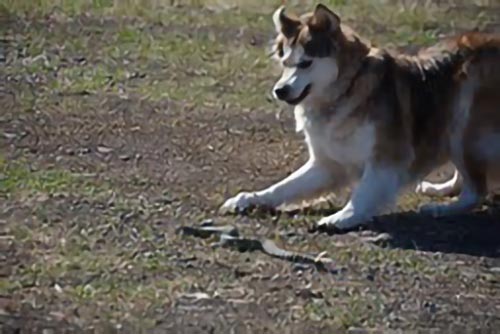
Recent Articles
About Author
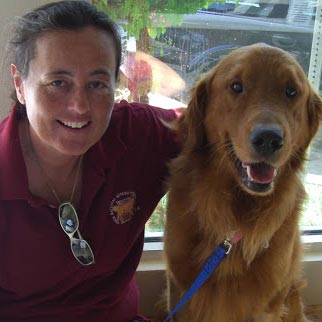
Barbara Davis
I’ve been working with dogs and their people for more than 30 years! I’m certified in dog training by the Certification Council for Professional Dog Trainers, and certified as a Dog Behavior Consultant through the International Association of Animal Behavior Consultants (I’m also a founding member, currently Chair of Dog Division and serve on the faculty of their behavior consulting program, Animal Behavior Consulting: Principles and Practice). I’m also certified in training and behavior by the Association of Animal Behavior Professionals, and serve on their advisory board. I’m pleased to participate as an AKC CGC/S.T.A.R. Puppy program as an Evaluator.
Information
Featured Products
-
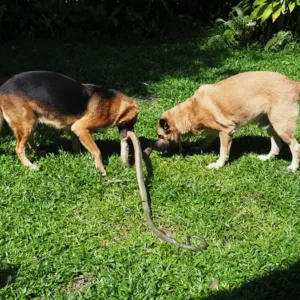 Rattlesnake Avoidance Training Through Positive Reinforcement
Rated 0 out of 5$159.00 – $295.00
Rattlesnake Avoidance Training Through Positive Reinforcement
Rated 0 out of 5$159.00 – $295.00
Products
-
 Rattlesnake Avoidance Training Through Positive Reinforcement
Rated 0 out of 5$159.00 – $295.00
Rattlesnake Avoidance Training Through Positive Reinforcement
Rated 0 out of 5$159.00 – $295.00 -
 Teenie Tethers
Rated 0 out of 5$9.95 – $11.95
Teenie Tethers
Rated 0 out of 5$9.95 – $11.95 -
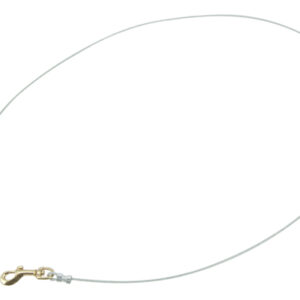 Trainer Packs by Pet Tethers
Rated 0 out of 5$45.00 – $70.00
Trainer Packs by Pet Tethers
Rated 0 out of 5$45.00 – $70.00 -
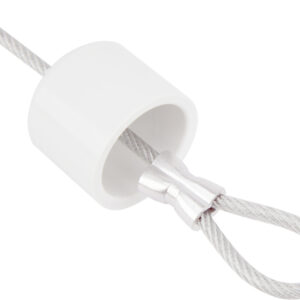 Dor-Stopz by Pet Tethers
Rated 0 out of 5$11.95 – $65.00
Dor-Stopz by Pet Tethers
Rated 0 out of 5$11.95 – $65.00
